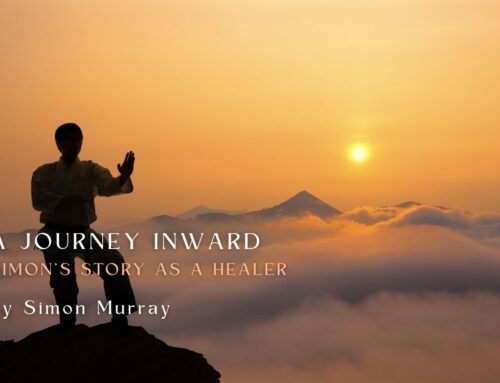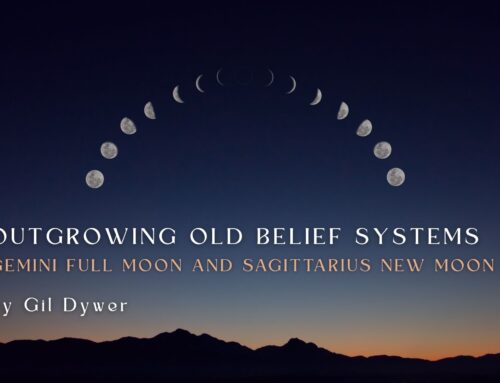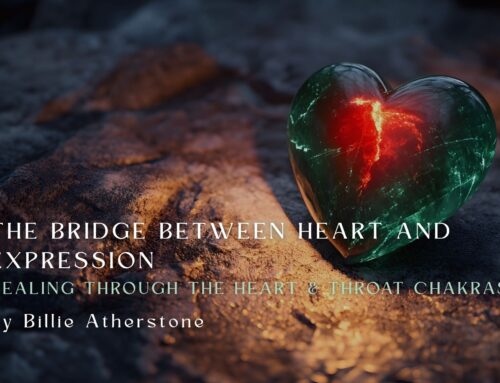An Overview of
Kundalini Yoga for the Recovery of Childhood Trauma Program
One of the symptoms people with PTSD* experience is to feel stressed or frightened even when they are not in danger. The nervous system moves into a fight or flight response, which is a typical reaction, to initiate an action to protect themselves from harm. This trauma response usually manifests in hyper arousal or low level shut down or disassociation.
The nervous system moves into a fight or flight response, which is a typical reaction, to initiate an action to protect themselves from harm. This trauma response usually manifests in hyper arousal or low level shut down or disassociation.
The specialised yoga program for the recovery of childhood trauma is designed to help safely move people out of these states of hyper arousal or shut down and disassociation back into life. The course begins by creating a sense of relative safety and then slowly and progressively begins to awaken the confidence to explore and accept what they are feeling in their body. To be present in their body is a positive step towards recovery.
The pace and progression of the course helps to develop an inner pulse of contraction and expansion. This pulse works in class by inviting an action, then a pause, then an action and so on. The students are invited to engage in a practice of breath work or meditation and then they are given time or they can choose to take the time, to pause and relax. This is an important part of the process of balancing the nervous system. They may feel uncomfortable or uneasy with an unknown, strong or stirring sensation (contraction) and then they have the opportunity and guidance to calm themselves again (expansion). They learn this pulsing rhythm of contraction and then expansion which, over time, becomes less of a threat. Their confidence in staying with these sensations for a longer time increases and they develop the ability to self-regulate when they recognise a strong response.
As the course progresses and as they feel more comfortable with the practice and their experience, the focus shifts to releasing trauma and stress from the muscles. This is done by practicing very specific yoga series (kriyas) that include gentle exercises, shaking and conditioning of the psoas muscle, a muscle which plays a big part in the reaction of fear, stress and trauma.
I have been teaching this course for seven years now and I witness the participants gaining such confidence in their ability to have an impact on their lives. This is a powerful thing. They begin to gain a trust and faith in themselves which really propels them forward on their journey of recovery and in the discovery of who they are and what they need.
“There’s nothing which can be more precious in you than your own relationship with your own consciousness.”
The recovery of trauma and long term stress is an ongoing journey that achieves the best outcomes when the person rallies the help of a team of support. This Recovery of Childhood Trauma yoga course is best accompanied with talking therapies such as Psychology and Counselling. Depending on the individual, I often suggest participants complete the course more than once to really crystallise the positive new habits and relationship with the mind into their life.
*What is PTSD?
Trauma is the Greek word for ‘wound’. When we refer to someone who has trauma we connect it to psychological trauma which is a condition in which a person has experienced a difficult event that has wounded their psyche. With the support of family, friends and perhaps professionals most people manage to process the traumatic event and are able to return to normal daily functioning. Though some will go on to develop Post Traumatic Stress Disorder (PTSD). They experience stress very differently and it affects their daily living. They can feel the physical sensations and the impact of the traumatic event, like it’s happening again, in their daily living. There are many symptoms including re-experiencing the trauma ie. memories, flashbacks; sleep problems; emotional numbing and avoidance and increased arousal.

Teacher: Billie Atherstone
Billie Atherstone has been a Kundalini Yoga teacher, Kinesiologist and Bowen practitioner for over 15 years. She has a specialty certification to teach yoga for PTSD. She provides a safe and supportive environment for her students to journey towards recovery and their own excellence.
To find out more about the trauma recovery course please click here







Leave A Comment